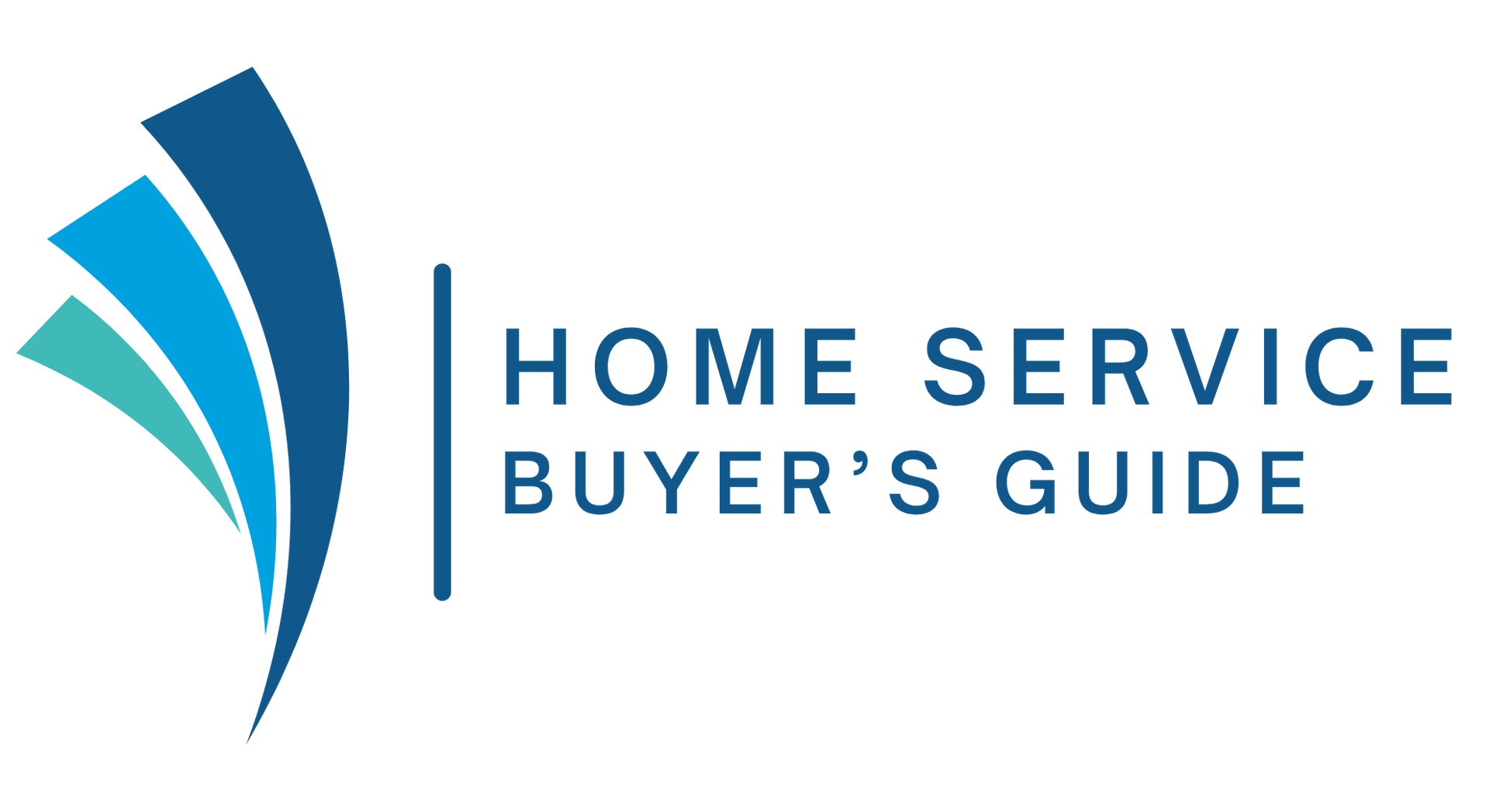Plumbing & Drain Cleaning Information & Resources
These articles are intended to help you navigate the complexities of your home's water and drainage systems. From the water main to the sewer line, we provide the essential knowledge needed to manage one of the biggest potential sources of home damage. Our articles cover crucial topics like preventing costly leaks with smart shut-off valves, understanding the lifespan of tankless versus traditional water heaters, and the latest innovations in low-flow fixtures and trenchless pipe repair. We empower you to handle minor issues yourself, know when to call a professional, and make informed choices on upgrades that boost water conservation and protect your home's structural integrity.
Checking for Toilet Leaks
This Home Service Buyer's Guide article provides homeowners with a practical guide to detecting and fixing a leaking toilet, a major cause of water waste and high utility bills. Homeowners can perform a simple dye test to check for a "silent leak" past the flapper valve. The guide suggests DIY fixes like replacing the flapper and adjusting the fill valve to regulate the water level. However, issues like a failed wax ring at the base or a cracked porcelain tank require a licensed plumber.
All About Heat Pump Water Heaters
A heat pump water heater (HPWH), often referred to as a hybrid water heater, represents a significant leap forward in home water heating technology, offering a highly efficient alternative to traditional electric or gas models. Instead of generating heat directly, an HPWH works by moving heat from the surrounding air into the water tank—much like a refrigerator in reverse. This process makes it two to three times more energy-efficient than a conventional electric resistance water heater, which is its primary benefit for homeowners.
All About Trenchless Sewer Line Replacement
This article provides a homeowner's guide to trenchless sewer line replacement, a modern, minimally invasive alternative to the traditional method of open-trench excavation. It explains the two main techniques: pipe lining (CIPP), which involves inserting a resin-saturated liner to create a durable "pipe within a pipe" to repair minor damage; and pipe bursting, which uses a bursting head to simultaneously destroy the old pipe and install a new HDPE pipe for complete replacement of severely damaged lines. The key benefits of trenchless repair include minimal disruption to landscaping and property, faster completion time, and potentially lower overall project cost when factoring in restoration savings. Homeowners are advised to get a camera inspection to assess the damage, vet contractors for expertise and a solid warranty, and budget for an expected cost typically ranging from $4,000 to $15,000, depending on the scope of the project.
All About Water Softeners
This guide for homeowners demystifies the use of a water softener, explaining how these systems use ion-exchange to remove harsh calcium and magnesium minerals—the cause of hard water. The numerous benefits include protecting expensive water-using appliances from scale buildup, increasing their lifespan and efficiency, and reducing costs on energy and repairs. Soft water also improves the effectiveness of soap, leading to brighter laundry and gentler results for skin and hair. When considering costs, homeowners should budget for the unit price (typically $\$1,500-\$2,500$) and professional installation, noting that the maintenance cost for salt-based systems is low, generally under $\$100$ per year for replenishing salt. The key to buying the right system is correct sizing, based on your water's grain capacity (gpg), and looking for features like an NSF/ANSI 44 certification. Finally, tips for optimal performance involve regular salt level checks and preventing salt bridging.
